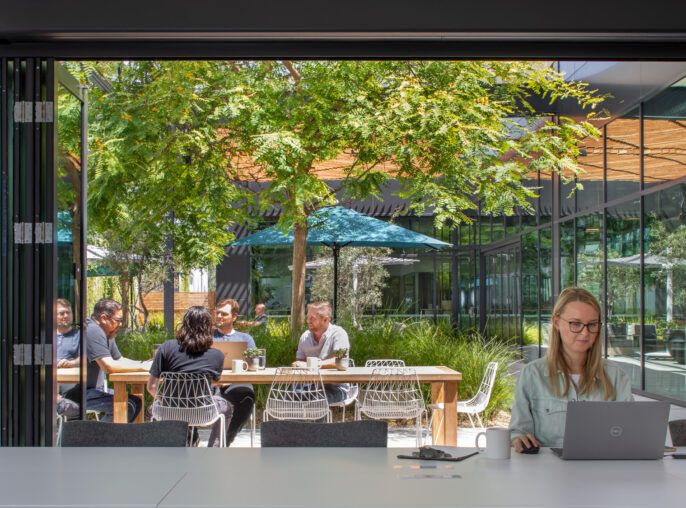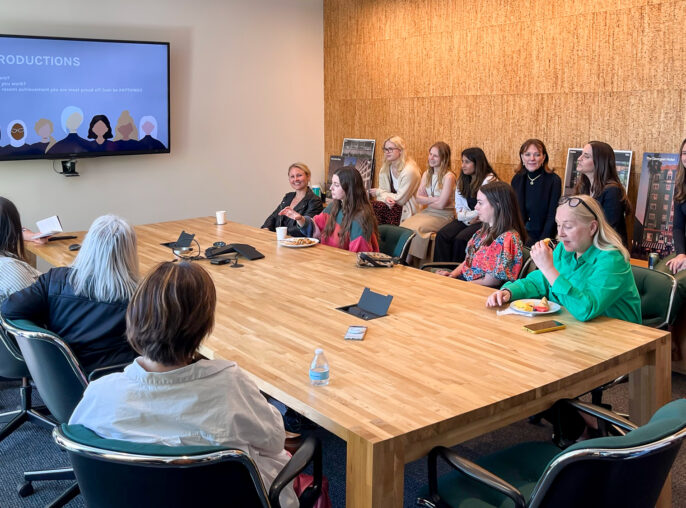Insight
Creating a Sense of Community on Urban College and University Campuses

Urban campuses have unique planning and design challenges when it comes to creating a sense of place that reflects both their global ambitions and local commitments to a variety of stakeholders.
The urban college and university campus is a unique institutional form. It is more than just an academic institution in a city setting; it is a unique spatial typology characterized by a mix of planning and design elements that incorporate features from learning environments, workplaces, public spaces, R&D centers, living spaces, and cultural spaces (Haar 2010). Large cities provide colleges and universities located within their boundaries a dynamic place in which to situate curricular experiences. For these institutions, a city is not just a context to study, but rather a cause to engage and shape.
You can read the rest of this article below.
This article was originally published in the Planning for Education Journal, Volume 47, Number 1 | October-December 2018 by the Society for College and University Planning.
About the Authors:
Pete Bacevice, Ph.D., is Director of Research at HLW and a research associate with the Ross School of Business at the University of Michigan. He is based in Ann Arbor, Michigan.
Bennet Dunkley, AIA, is a Principal at HLW who leads the firm’s higher education practice. He is based in New York City.


